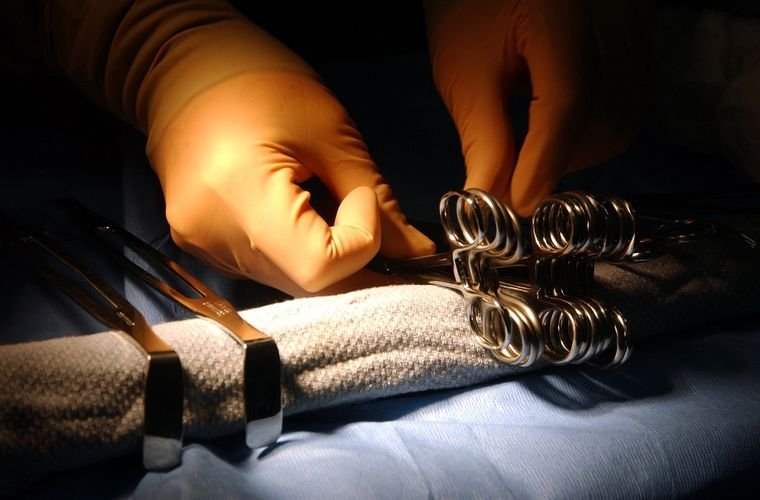The International Space Station (ISS) may soon be the home of a new, miniaturized surgical robot. This robot, developed by the University of Nebraska Lincoln, not only promises to be helpful in assisting with surgery but would also allow surgeries to be performed entirely remotely. While the ISS is predicted to be retired by around 2025, the arrival of this new robot suggests that a few more big things will happen for the space station before retirement.
Background: Meet MIRA
This new surgical robot was developed in part by University of Nebraska Engineering Professor Shane Farritor, whose startup company, Virtual Incision, have been working to developing what they call the MIRA (Miniaturized In vivo Robotic Assistant).
Since its founding in 2006, Virtual Incision has accrued more than $100 million in investment. Even more recently, NASA awarded the University of Nebraska-Lincoln $100,000 through the EPSCoR (Established Program to Stimulate Competitive Research) program. With both these funds, Farritor and his team have been able to develop MIRA.
MIRA is designed to provide surgical assistance through two different methods. The first involves how the tiny robot can be inserted into the human body via a small incision, allowing surgeons to perform abdominal or colon surgeries with minimal invasion. The other method allows for remote surgery, where MIRA can be controlled remotely. A previous experiment resulted in a successful remote surgery, as former NASA astronaut Clay Johnson piloted MIRA from over 900 miles away.
Analysis: Surgical Robot on the ISS
While MIRA is gearing up to be ready for surgery, the robot may not yet be quite ready for space. Farritor and his team plan to use the next year to test the robot, calibrating it to a new environment. They will also make sure the robot will be able to survive the launch into space. This requires several simulations for the robot to run through. According to graduate student Rachael Wagner, “these simulations are very important because of all the data we will collect during the tests.”
Once aboard the ISS, MIRA will run autonomously, acting as a medical assistant. This autonomy will reduce strain on the ISS’s communications systems, opening up more room for other experiments. But MIRA isn’t fully autonomous, relying on others for important cues. As Farritor says, “The astronaut flips a switch, the process starts and the robot does its work by itself. Two hours later the astronaut switches it off and it’s done.” While hopefully, the need for surgery is minimal aboard the ISS, having helpers like MIRA can make a big difference.
Outlook: A Future of Space Surgery
While there is no set date for when MIRA will be launched, the future necessity for having reliable systems to help facilitate surgeries in space for future missions remains.
“As people go further and deeper into space,” Farritor explains, “they might need to do surgery someday.”
“We’re working toward that goal.”
Kenna Hughes-Castleberry is a staff writer at the Debrief and the Science Communicator at JILA (a partnership between the University of Colorado Boulder and NIST). Her writing beats include deep tech, the metaverse, and quantum technology. You can find more of her work at her website: https://kennacastleberry.com/

